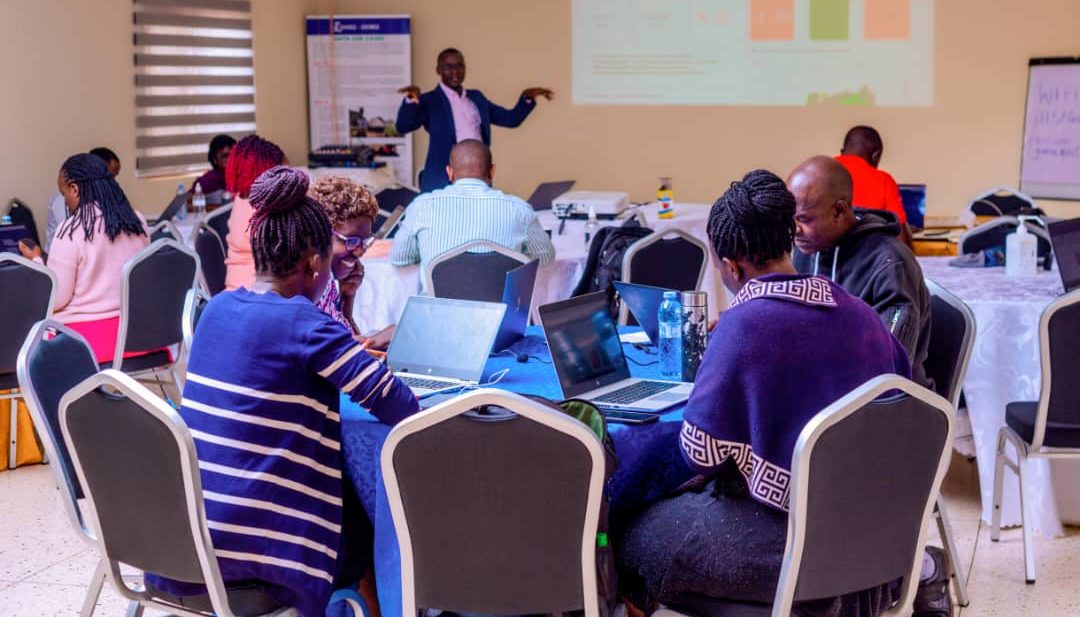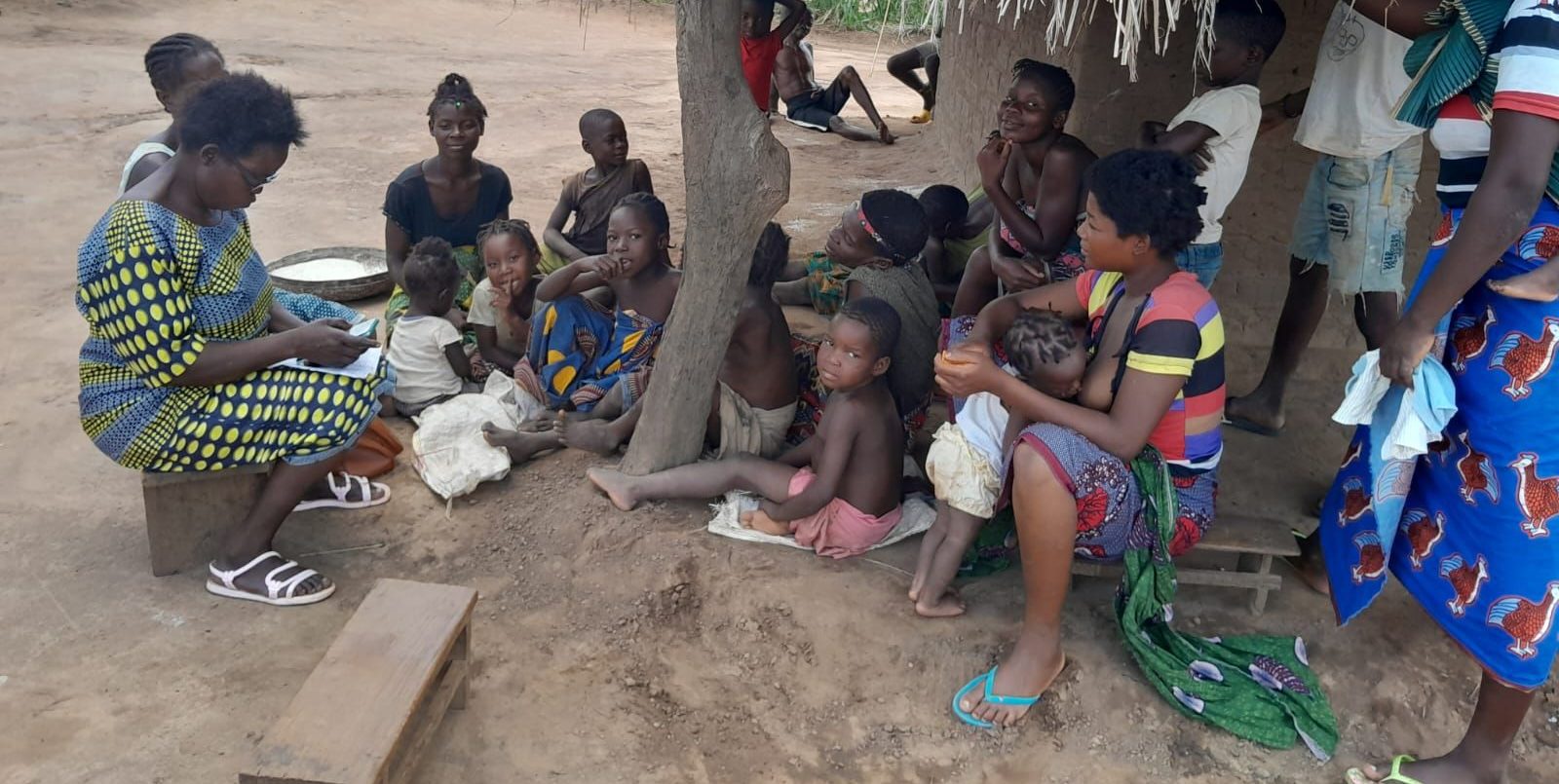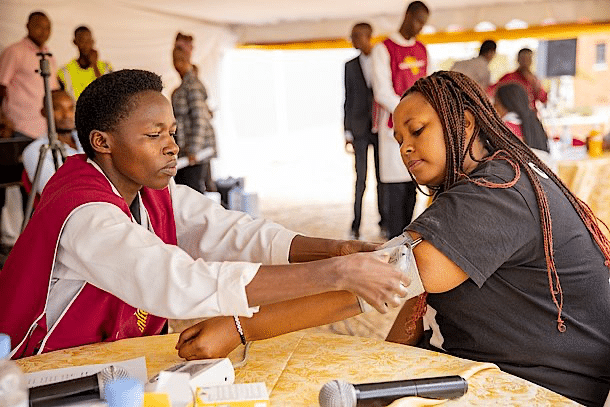
Chad transitions to DHIS2-based health information management for enhanced data completeness and quality
The Chadian Ministry of Health achieves 96% direct reporting into DHIS2 nationwide for improved follow-up decision-making and case follow-up.
The Chadian Ministry of Public Health and Prevention (MSPP), through the Department of Statistics and Health Information System (DSSIS) has the mission to improve health data collection in the country. To achieve this goal, the Ministry had set up a hybrid paper-based and digital Health Management Information System (HMIS) for data collection, collation and analysis. The digital component of this system was implemented using a software platform called Gesis. After many years of using Gesis, the Ministry decided to transition to DHIS2 to address issues of data completeness and timeliness which would be significantly improved by the new DHIS2 platform. By the end of 2022, the DHIS2-based HMIS was in use nationwide, with more than 96% of districts reporting data directly into DHIS2, improving the efficiency of data collection and reporting, and making it easier for health officials to identify and follow up on any issues in a timely manner.

Adopting DHIS2 in response to limitations of the previous hybrid data collection model
Prior to the adoption of DHIS2 in Chad, aggregate healthcare data was entered into paper registers at health facilities. At the end of the month, these registry entries were then collated and forwarded to the districts. The districts would subsequently compile the reports from the health facilities and send them to the provincial health delegations which would consolidate them using harmonized reporting outlines. The collated records were further shared with designated officials of the Ministry at the central levels either on external storage media, in paper format or by telephone. At the end of the year, the Department of Statistics within the Ministry compiled the reports from all the provinces, calculated the various indicators and consolidated the national database.
This method of data collection posed problems that range from security concerns and logistics to poor data completeness, making statistical analysis tedious and limiting access to data in real-time. These challenges, therefore, highlighted the need for a robust and efficient system that enables secure, speedy and decentralized simultaneous data entry and transmission from health facilities to all levels of healthcare management in the country.
Improving the production and transmission of data at the national level through harmonized data collection tools
In 2019, the MSPP set up a national DHIS2 team comprised of data managers, programs, technical departments and IT specialists, which was tasked with implementing DHIS2 as an information management system to facilitate the collection and analysis of data between the different actors of the health sector. The team, with the help of HISP Rwanda, implemented the new DHIS2 HMIS in phases: revision of data collection tools through standardized reporting frameworks; implementation of necessary technologies and infrastructure; and capacity building through training of facility managers and end users.
In June 2021, the Health District Support Program (PADS), which is in charge of supporting the districts with issues relating to the Health Information System, in collaboration with the DHIS2 team of the Ministry of Public Health launched a pilot of the new DHIS2 HMIS in the provinces of Moyen-Chari and Batha. This pilot focused on data entry into DHIS2 using the DHIS2 data entry application, reporting functionality, data visualizer and tables. Following the encouraging results of this pilot, the Ministry approached HISP Rwanda to support the central authorities in scaling up the project to the national level. At the same time, data entered into the Gesis from January 2021 were imported into DHIS2.
As of November 2022, significant improvement in the completeness and availability of data has been observed, encouraging the authorities to officially launch DHIS2 country-wide. At the end of the first reporting year, 96.4% of districts in Chad now enter their data directly into DHIS2. In addition, the DHIS2 platform has made it easier for the central level to identify the causes of problems related to data reporting downstream.
Nevertheless, some challenges still affect the efficiency of the system. These include internet speed and unstable internet connectivity in certain regions of the north of the country, among others. The Ministry, therefore, plans to take advantage of the offline data entry capability of DHIS2 by purchasing approximately 1,800 tablets to enable offline data entry in these locations using the DHIS2 Android Capture application.
Next steps: Capacity building and Tracker implementation for patient-level data
As part of the policy of decentralizing the use and analysis of data to health facilities, the Ministry of Public Health plans to train district and provincial data entry officers on data analysis through the functionalities of DHIS2 including data quality, the management of dashboards and the use of the Maps application.
Other health information system programs such as TB, HIV and Malaria are considering the use of DHIS2 Tracker to capture individual patient data. Long-term follow-up of users, as well as the integration of other programs such as routine monitoring, vaccine-preventable diseases and other programs to allow an overall statistical view of the nation’s healthcare data is also planned.
In achieving country-wide coverage with DHIS2, Chad becomes the 69th country in the world to deploy DHIS2 as an HMIS at a national scale, and one of the last countries in Sub-Saharan Africa to adopt DHIS2.


